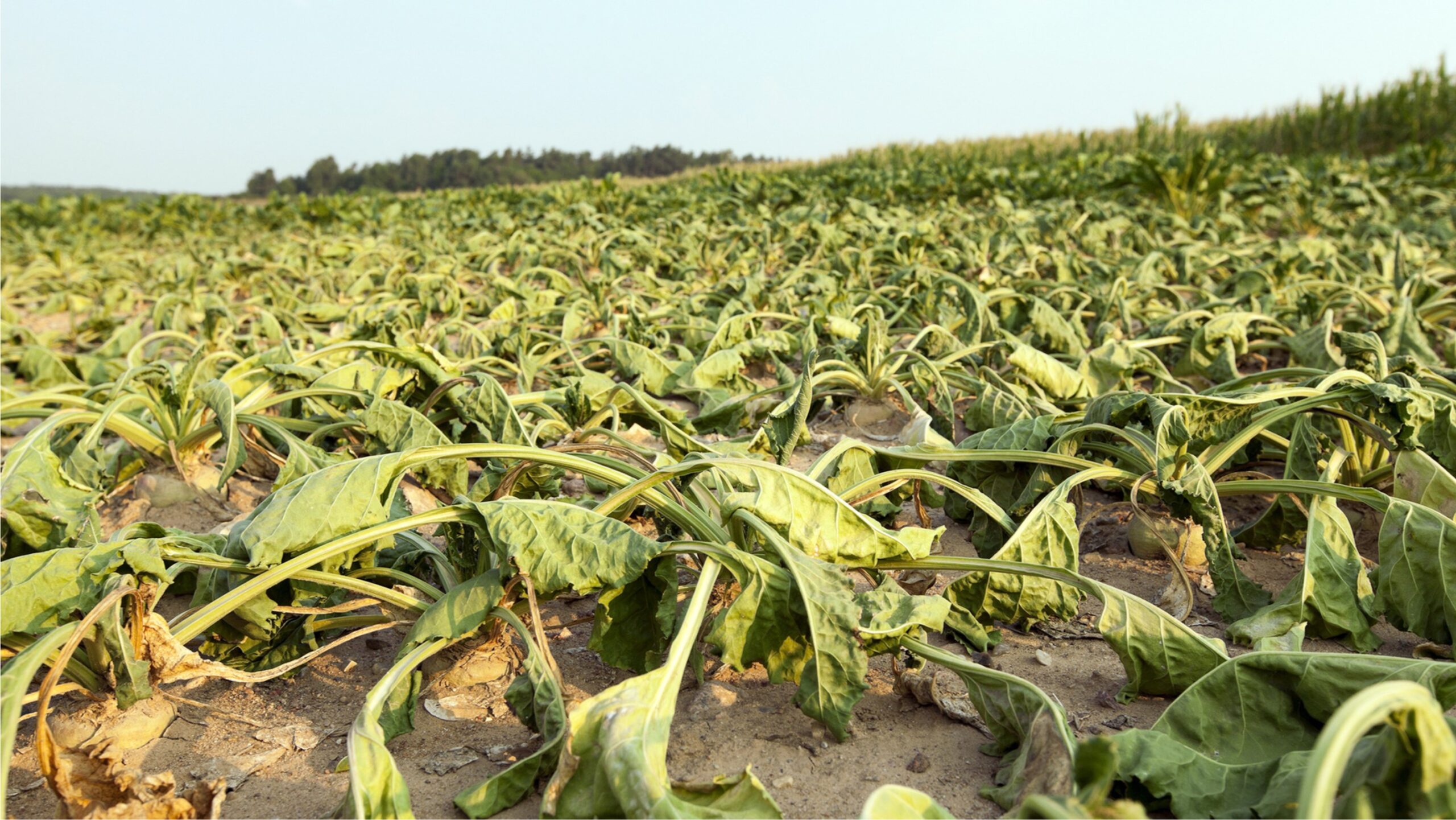When plants are exposed to environmental stresses like drought and elevated temperatures, they produce reactive oxygen species (ROS) in response. This is problematic, as these excited ROS molecules cause the oxidation of cellular biomolecules such as nucleic acids, proteins and lipids, and they eventually destroy the cellular structure. Simply put, the plant begins to break down. However, when plants start to accumulate ROS, they respond by producing significant secondary metabolites to counter the ROS and head off the breakdown. Secondary metabolites are organic compounds which are not primarily involved in the plant development but accomplish specific functions under specified situations, for example, stress conditions.
Phytohormones, phenolic compounds, anthocyanins and some other pigment molecules are categorized as secondary metabolites. Long-term damage occurs in plants if these compounds are imbalanced. Phenolic molecules such as flavonoids have been found to accumulate during environmental stresses helping to inhibit the destructive activity of ROS.
Flavonoids are polyphenolic compounds found in all vascular and non-vascular plants. They’re important in the diet of humans because they possess a high nutritional value. In plants, flavonoids play important roles in many biological processes. For example, they participate in seed development and growth, fruit growth and ripening, pollen tube germination, and hormone transport. Flavonoids have antioxidant properties that help prevent damage caused by fungi, viruses, bacteria, and herbivores; they function as chemical messengers in association with mycorrhizae and bacteria; they act as chemical attractants to pollinating animals; and they have allelopathic functions, that is direct or indirect influence on surrounding organisms. The idea of enhancing plant-fungus communication is extremely interesting, as we know that the expansion of mycorrhizae fungi can help plants access more water and nutrients.
The current world of global warming and a constantly changing environment have made life very stressful for living entities, which has driven the evolution of biochemical processes to cope with stressful environmental and ecological conditions. As climate change continues, we anticipate more frequent occurrences of abiotic stresses such as drought, high temperature and salinity. Living plants, which are sessile beings (meaning they don’t have legs), are more exposed to environmental extremes. However, plants are equipped with biosynthetic machinery that can supply thousands of bio-compounds that may be required for maintaining internal homeostasis or a relatively stable equilibrium. Historically, plants adapt, and flavonoids are a catalyst to help in the long-term acclimation process.
Flavonoids have the potential to assist plants in tolerating, resisting and escaping biotic and abiotic stresses generated by the external environment. The function of flavonoids as signal compounds to communicate with rhizosphere microbes is indispensable, positively impacting the structure and function of the rhizosphere community. Finally, flavonoids help regulate stomatal closure, which tends to shut down the plant’s metabolism early in abiotic stress conditions, inhibiting CO2 absorption and photosynthesis, which is not conducive to the developmental adaptability of a plant or the producing the energy required to grow the plant or ripen the fruit. We want to increase flavonoid production in plants in high-stress situations.
Of all the products that we at Andaman Ag offer, CropBioLife, a flavonoid product made from the rind of oranges and imported from Australia, where it has a long history of application, is a product built for our times. Plants easily synthesize CropBioLife to augment their own flavonoid production. We’ve also seen CropBioLife increase the brix levels in plants and fruit and anthocyanin production. It’s an inexpensive application, and during these times of increasing high temperatures it’s a practical solution for all growers for mitigating abiotic stresses.





